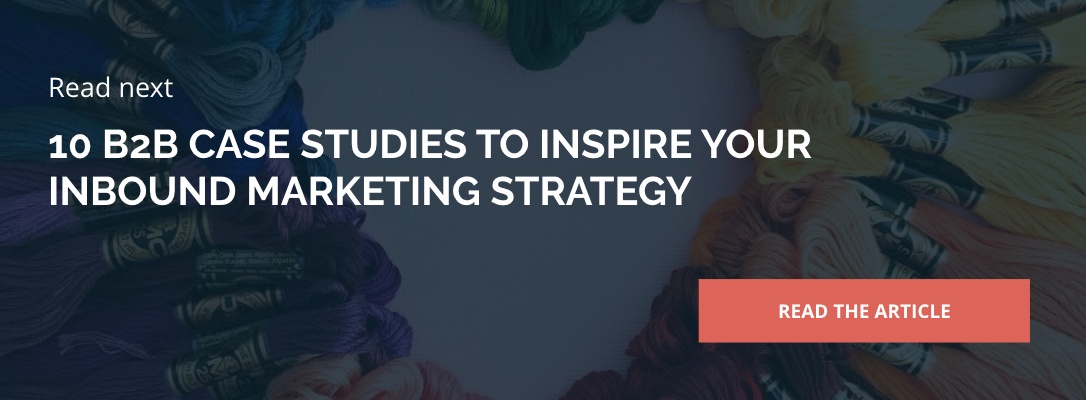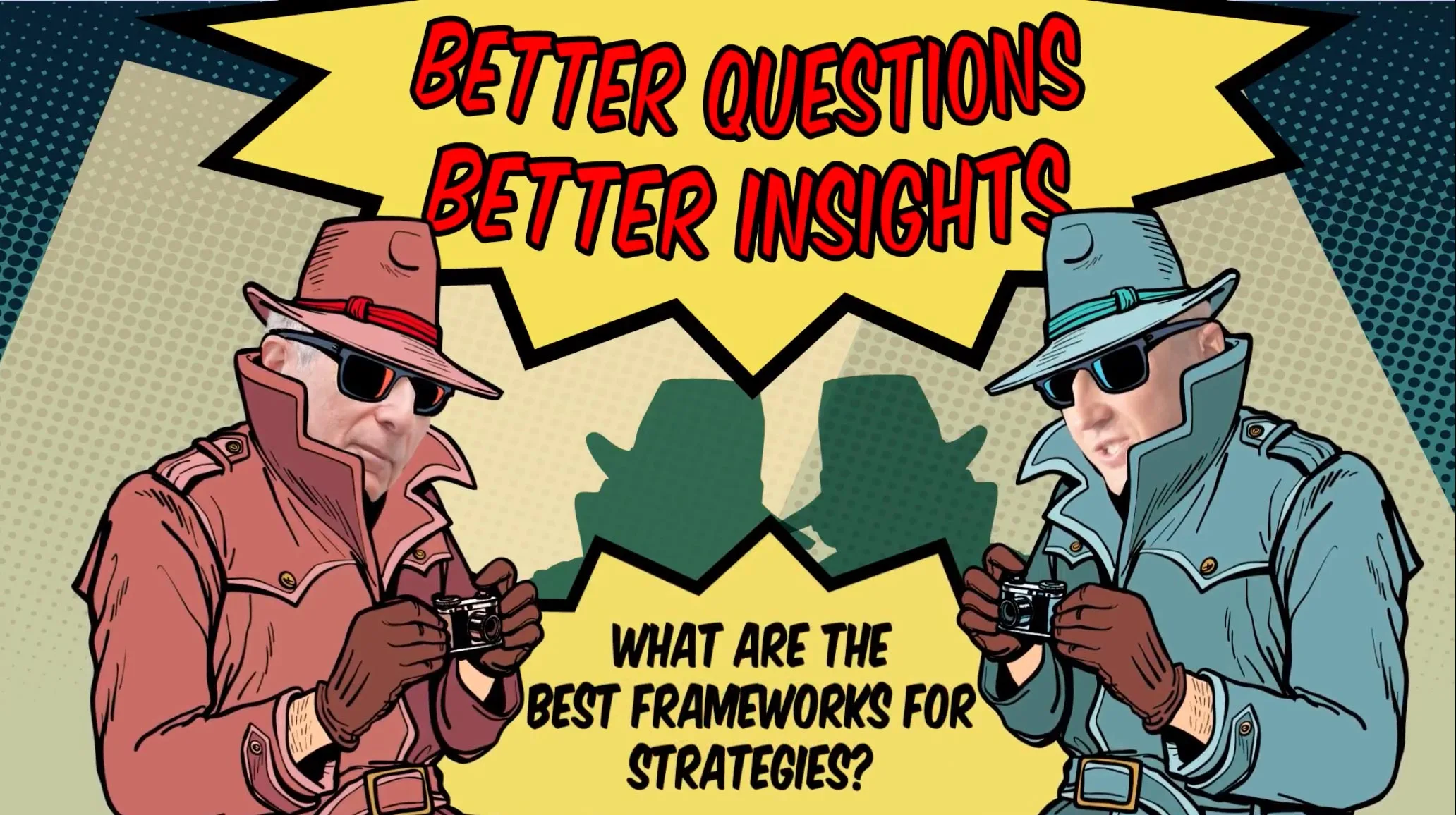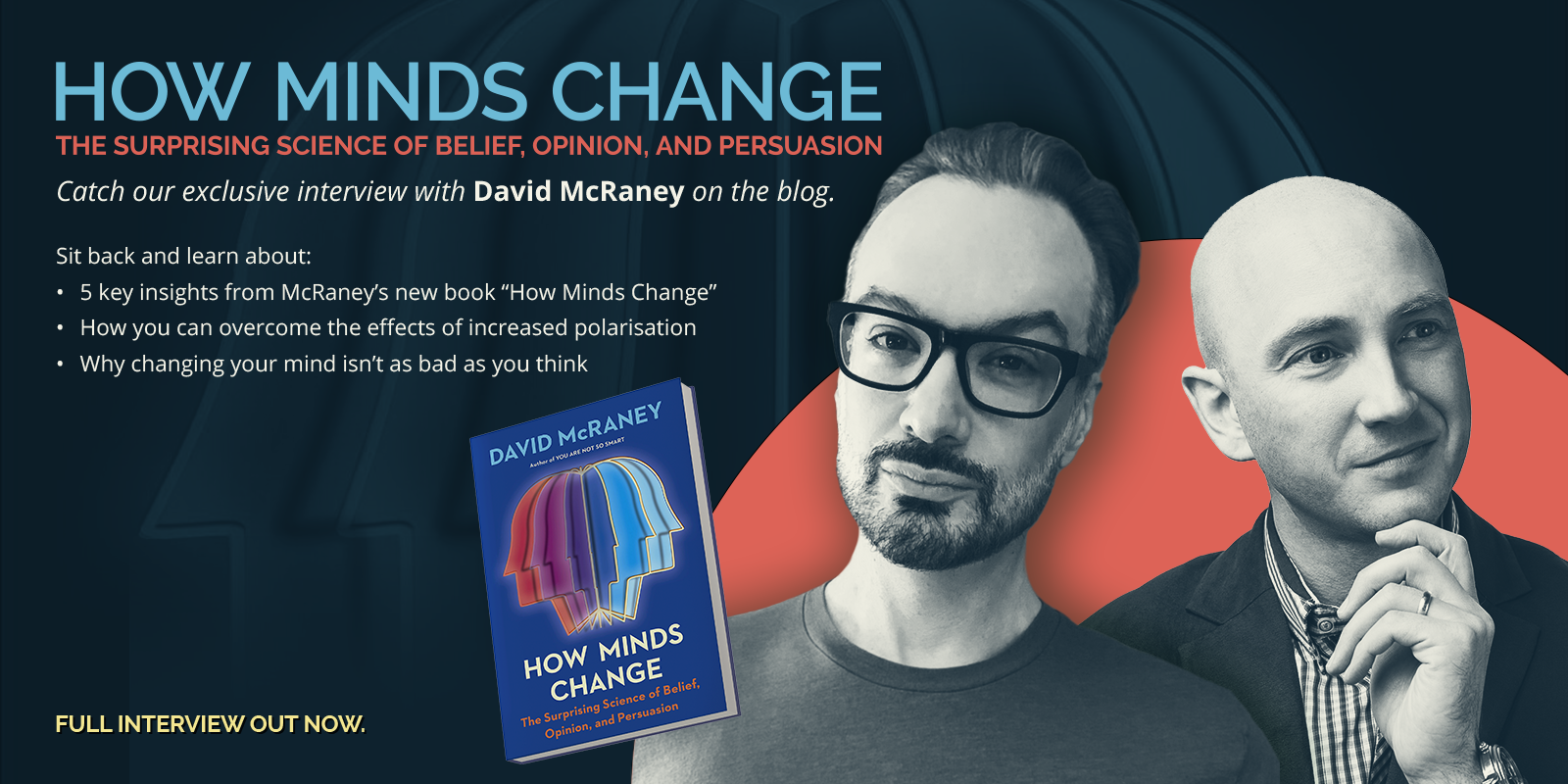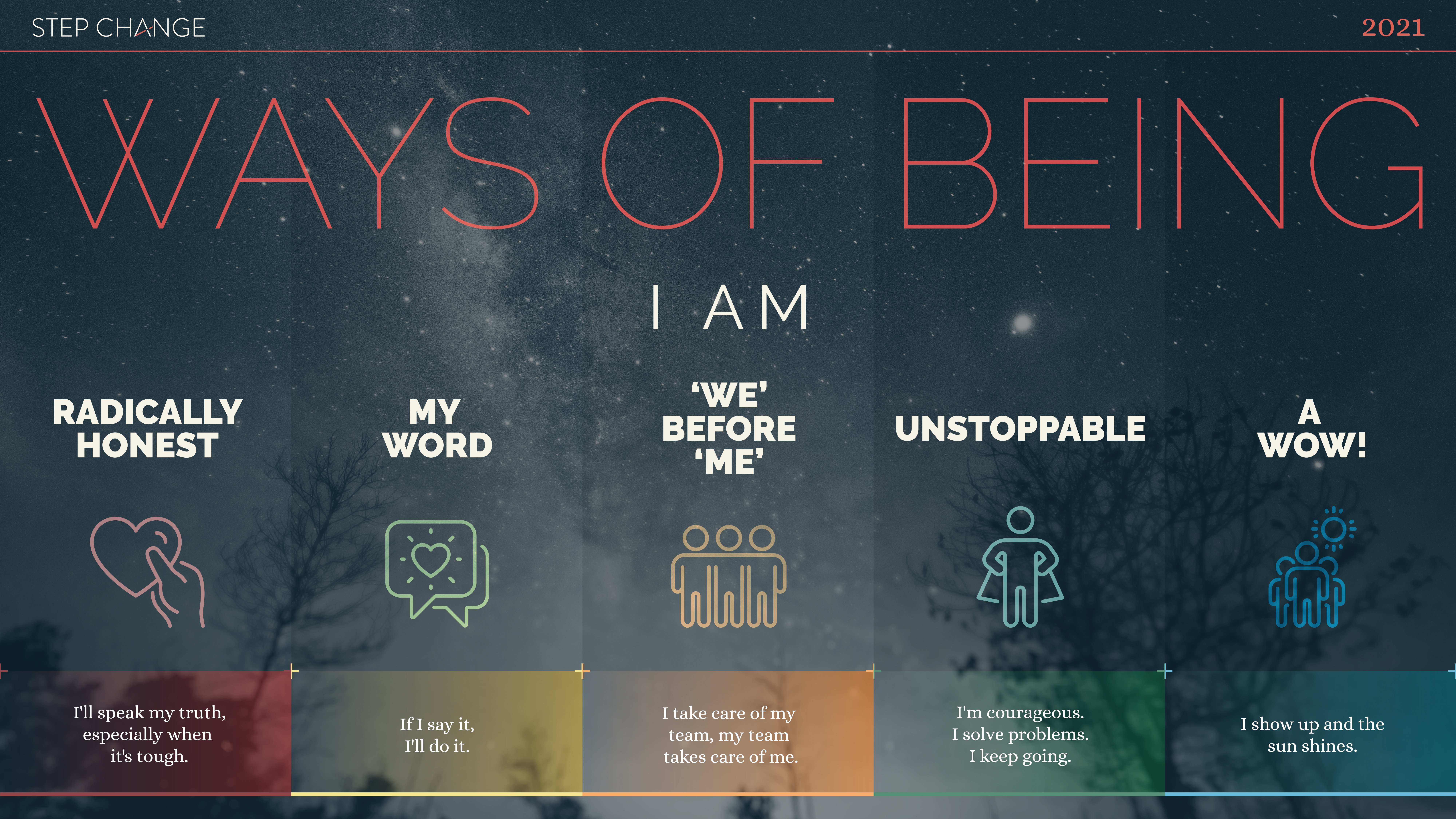With the rise of the internet, B2B customers have more capacity to search for services and decide on the best deal online. Customers have the power over businesses now more than ever, and for businesses, this means they need to adapt or risk extinction.
Insight: The buying process has completely changed. Clients are conducting more online research before deciding to buy a product or a service.
Data: According to Google’s revolutionary Zero Moment of Truth study, consumers consulted an average of 10.4 sources before buying; this is twice the number of sources consulted just the year before.
Key Action Point: Market your services in a way that will enable you to meet your ideal prospects on their terms. Enter: inbound marketing.
What Is Inbound Marketing?
Inbound marketing is a digital marketing strategy that focuses on attracting prospects into your website and nourishing leads and clients with relevant, helpful, and high-quality content that speaks to their pain points and addresses their needs.
Inbound marketing uses the “pull” approach (as opposed to the traditional marketing “push” approach). This involves content creation, events, SEO, social media — all for the purpose of increasing brand awareness and attracting new clients.
By using high-quality content that is both relevant and helpful to your target audience, you are able to establish yourself as a thought leader. A potential client would want to engage and partner with a firm that is able to prove that they are knowledgeable and are experts in their field. By establishing your brand as a thought leader, you are also building trust and credibility.
Unlike outbound marketing, where marketing messages tend to be interruptive and is pushed out to as many people possible (with the hopes that it reaches to the right audience), inbound marketing takes a more personalised approach, placing marketing messages in front of the firm’s target market.
What’s the Value and ROI of Inbound Marketing?
Your audience has the power to choose whom they want to engage and have a relationship with. This means that if prospects choose to actively engage with your business (through downloading your content offers, commenting on your articles and social posts, etc.), they are more likely to become your new clients.
According to HubSpot, the inbound methodology can leverage how people buy today. This is why, according to HubSpot’s State of Inbound 2018, 75% of businesses worldwide are choosing inbound marketing as their primary marketing approach. This means over the years, more and more marketing leaders and senior execs are seeing massive returns by investing on inbound.
Moreover, with inbound, it’s attributing money spent to revenue generated is easy. It creates long-term assets that produce dividends, and the assets you produce on Month 1 continue to generate leads over time, without additional investment.
Here are relevant data that show the value and ROI of inbound marketing:
-
Inbound marketing is highly effective in drawing in traffic, acquiring valuable leads, and converting them to customers. In a study conducted to determine the ROI of inbound marketing worldwide, researchers found that within one year of using an inbound marketing platform, there was —
- 2.1X more visitors per month
- 2.5X more leads per month
- 57.3% of users who took the survey saw an increase in sales revenue
- 70% saw an increase in lead to customer conversion rate
- 45% of APAC sales reps report that they have better quality leads.
- There is a 80% decrease in the average cost per lead after five months of using inbound marketing consistently.
- HubSpot State of Inbound 2014 reports that companies who use inbound marketing strategies save more than $14 for every newly acquired customer
- Inbound costs 67% less per lead than traditional marketing. (HubSpot)
- 57% of businesses have acquired a customer through their company blog. (HubSpot)
Conclusion
The ever-evolving online world has resulted to a shift in customer behaviours, and search serves a big role in how people make buying decisions. Your potential clients are expecting you to adapt to their needs and behaviour or risk extinction. Pushing your message to as many audiences as possible isn’t worth doing anymore. If you want to attract, engage, and delight clients, inbound marketing is the way to go.
















